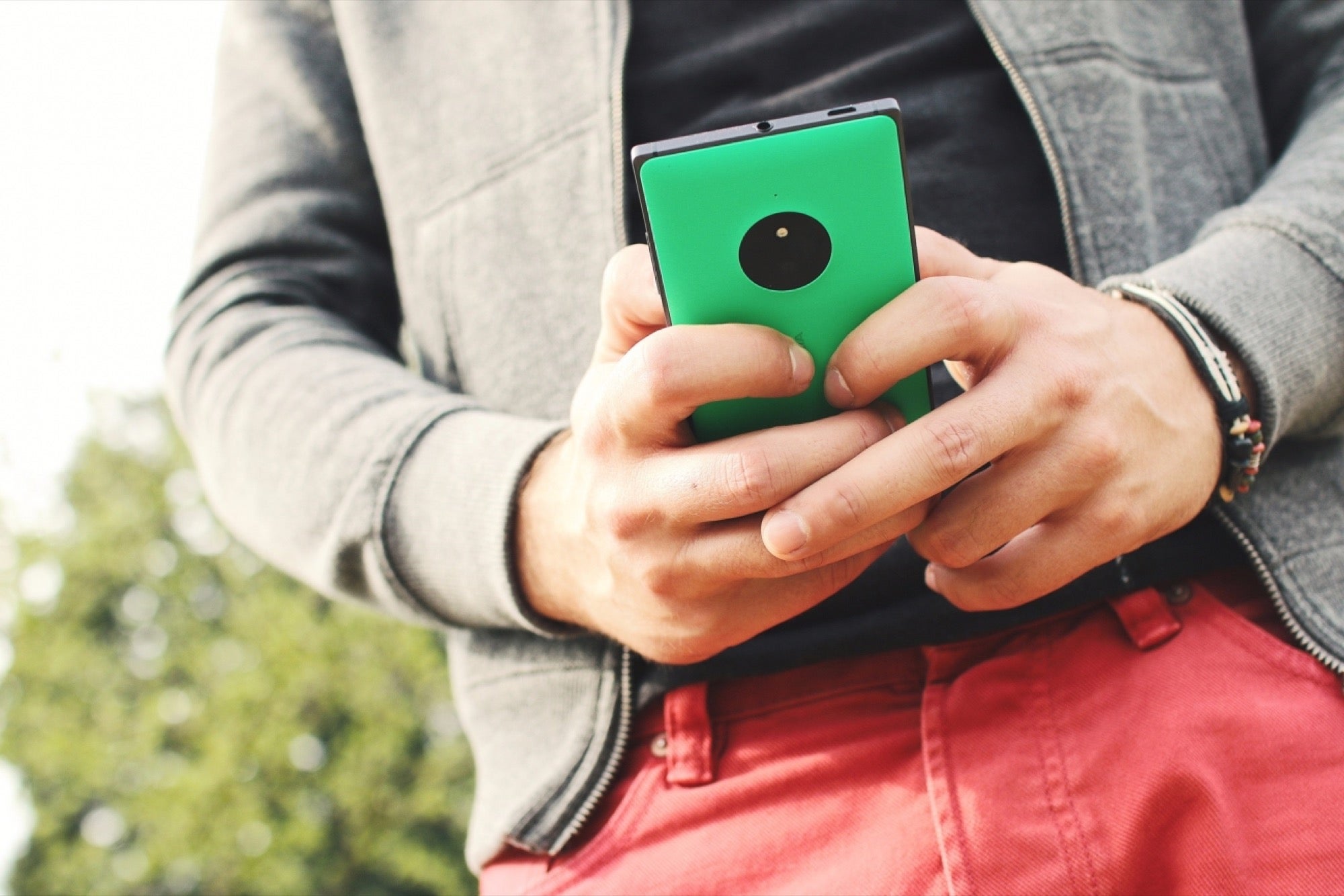How to Shake a Negative Brand Image Using Mobile Marketing Mobile can do far more than just bring your brand's image to new audiences -- it can help build it and even save it from the occasional PR crisis.
By Gilad Bechar Edited by Dan Bova
Opinions expressed by Entrepreneur contributors are their own.

The mobile revolution has made it clear to brands what an amazing platform it is for them to reach consumers and communicate their ideals, message and values. But as is usually the case with new emerging technologies, we are really only beginning to discover the many opportunities the small screen has to offer. Mobile can do far more than just bring your brand's image to new audiences -- it can help build it and even save it from the occasional PR crisis.
Listed below are a few examples for potential reputation hazards and how the right mobile-marketing techniques can help shift these negative perceptions and save the day.
Related: What They Haven't Told You About Mobile-First Marketing
Bad service
Bad service sucks. It provokes frustration, anger and all kinds of other negative emotions in consumers; so naturally, it's one of the main reasons for customers to perceive brands in a negative light. Many brands aware of this have turned to mobile to improve customer service and rekindle consumers' positive connotations with the brand.
Banks, fast food chains and other companies are hopping on the bandwagon with mobile apps that allow users to perform tasks and access information that otherwise would have required long hours or arriving at a store front and using the help of a representative.
Cutting long waiting times is nice, but when the waiting game is something you simply cannot avoid, turning it into a fun experience could do wonders for your brand's reputation. KLM is a brand that actually took things to the next level by turning the frustrating experience of waiting for a flight into an enjoyable time. The brand launched a full-scale mobile game that enables users to fly a colorful paper airplane above a virtual version of the city of Amsterdam. Players currently located at Amsterdam Schiphol Airport win special prizes, encouraging bored passengers to make the most of their time.
An old, outdated vibe
Mobile is about making everything more accessible and strengthening the relationship between consumers and brands. "Old" industries who turn to mobile are not only making service more accessible to users but have a real chance of disrupting markets that haven't changed for decades.
In recent years we've seen traditional industries make it back into the frontline thanks to disruptive mobile products. The real estate and banking industries, for example, seemed boring and old just a couple of years ago, but now, apps such as Airbnb and Fintech services are a hot commodity.
Related: Rebranding? Don't Forget Your Mobile Strategy
Let's use the taxi industry as an example. More apps that allow users to order a ride and pay for it using their mobile devices continue to pop up - at this point, catching a taxi the old fashioned way is almost unheard of. Such apps have completely disrupted the industry, transforming it into one of the hottest, most competitive fields in tech.
Offending public minorities
Hyper-targeted mobile media campaigns can help you publish backlash. Thanks to the abundance of user data collected by mobile devices, unlike any other advertising platform out there, mobile provides marketers with the luxury of selecting a certain chunk of the public they'd like to interact with.
I'd like to share an example of a beer brand's campaign that ran in my country of residence, which could have pissed off a lot less people if it only ran on mobile. The brand ran a series of TV commercials which some say implied that women were superstitious and unintelligent, and presented billboard signs that stated: "Be grateful that you're a man, and have a beer." Naturally, the campaign drew a tremendous amount of backlash -- something that in this case might have been a pre-planned provocation, but could have been prevented by only targeting the ads for men using mobile advertising.
These are just a few examples of how mobile can help brands mold their image. Do you have any other ideas for marketers to implement mobile techniques to shift consumers' negative perception of their brand? Comment below.
Related: 3 Ways to Use Mobile Marketing to Keep Customers Coming Back











